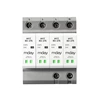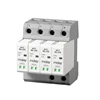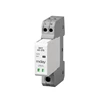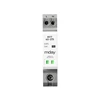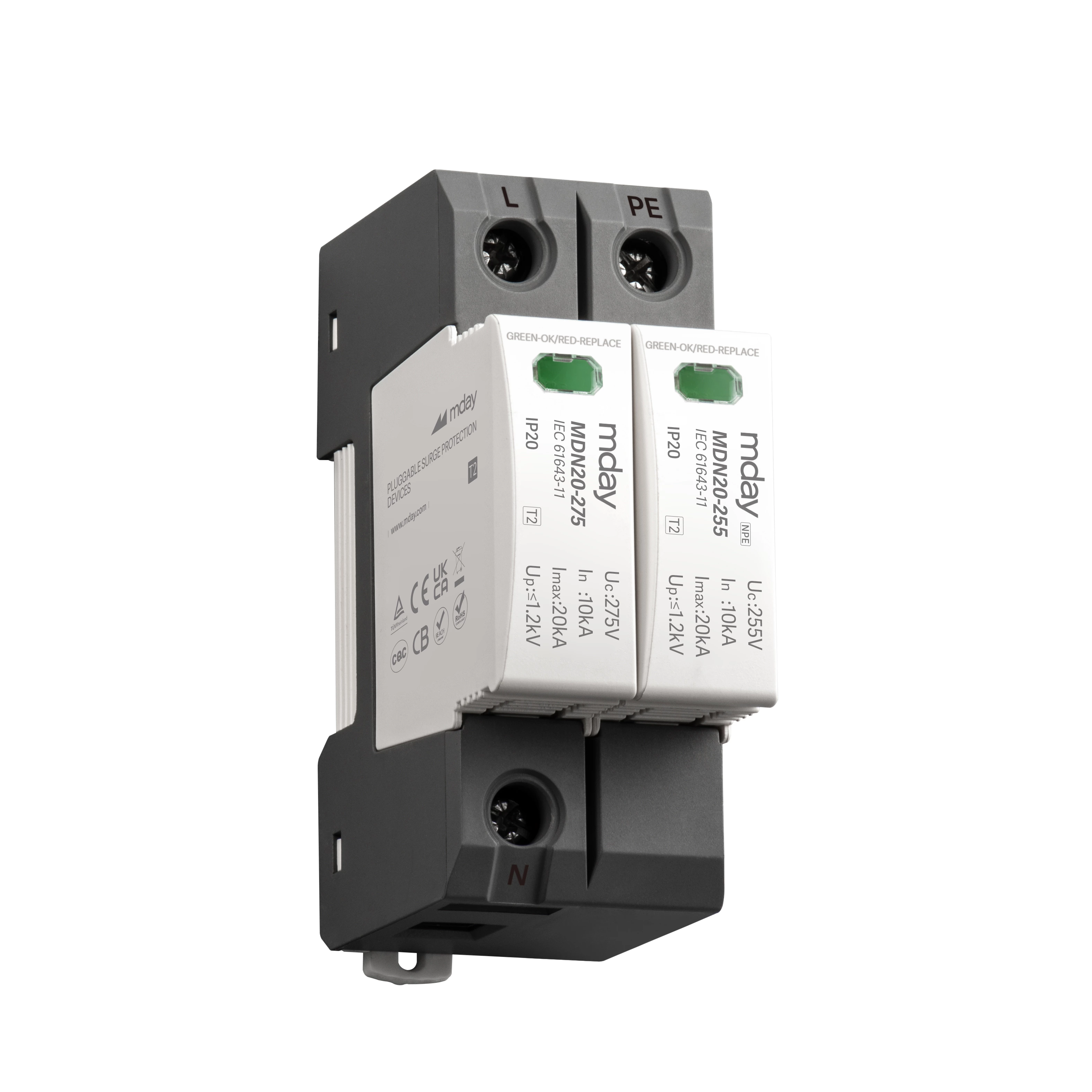Surge Protectors For Low Voltage Complete Equipment Incoming Lines And Compensation Cabinets - Key Points Sharing
In the power supply of life, the electricity we need is usually distributed centrally by low-voltage complete sets of equipment. Low-voltage complete sets of equipment are usually divided into electric cabinets with different functions. Today, the editor will talk to you about how to select surge protectors for low-voltage complete sets of equipment incoming cabinets and compensation cabinets.
Low-voltage complete sets of equipment are a link behind the transformer in the power supply line. It can concentrate and redistribute the low voltage obtained from the low-voltage side of the transformer. The incoming cabinet is usually connected to the low-voltage side of the transformer. It is the interface for the low-voltage complete set of equipment to receive voltage. The role of the compensation cabinet is to improve the energy waste caused by the low power factor of the power grid. It can improve the voltage quality, reduce line losses, and improve the quality of equipment power consumption.
When selecting the primary surge protective device for the incoming cabinet and the compensating cabinet, the first requirement is its current discharge capacity. The national standard requires 12.5KA (10/350), but in actual use, we need to choose a T1-level SPD with a larger discharge capacity of 20KA or 25KA to deal with extreme conditions. Considering the impact on subsequent lines, we need to pay attention to the Up value in the parameters of the surge protection device of the incoming cabinet and the compensating cabinet and its energy coordination function to avoid lightning protection failure due to installation distance restrictions. In addition, when selecting, we should also choose a Uc value that matches the system. This is related to the service life of the surge protector, so it must be fully matched with the system voltage.


